Ten life-saving wearables
Wearables are getting smarter. Some could now save your life – you hear the stories of even mainstream devices like a Fitbit or Apple Watch alerting people to heart conditions.
But where they get really powerful is when they get specific. Trackers, watches and patches are becoming full on health assistants capable of a whole lot more than merely counting your steps and telling you how many calories you’ve burned.
Tackling illness and injury prevention as well as cures, they can help you avoid everything from cancer to heart disease, all while slotting seamlessly into your daily life. So check out these potentially lifesaving wearable tech devices – some are already on sale and others are in development.
Save your skin: L’Oréal My UV Patch
It’s only too easy to stay out in the sun too long. L’Oréal’s first wearable is a stretchy disposable device the size of a small plaster that features 16 tiny squares which change color when exposed to UV light. To get a reading, you take a quick snap of the patch with your smartphone camera and the accompanying My UV Patch app analyses your UV exposure, warning when it’s time to don your hat and sunnies and when you should pack up the picnic and head to the shade.
Stay safe on your bike: Livall BH60 Bling Helmet
Moving beyond its traditional cycle helmet safety skills, this head-mounted wearable is a lifesaver in more ways than one. Yes, it will protect your head in the event of a crash, but more than that, smart tech will alert an emergency contact or the emergency services in the event of a big off. With inbuilt accelerometers automatically detecting impacts and potentially harmful movements, the helmet’s smartphone-syncing smart skills will auto dial your pre-set emergency contact when it senses you’ve hit the ground. An inbuilt helmet mic also lets you ask for assistance without fishing for your phone.
£119.99, livall.com | Amazon
Avoid an RTA: Vigo
When you’re driving, tiredness can kill. This wearable is worn like a Bluetooth headset and monitors patterns in your blinking and movement and lets you know when you’re starting to lose focus. It can then give you a nudge to help you reenergise. You can choose how it does this, either with a soft vibration, a discrete pulsing LED, or your favourite get up and go song. Because how can you not focus with Eye of the Tiger blasting out at you? Or you could always take the hint and pull over for a cup of coffee. Vigo also analyses your routine and suggests changes that won’t leave you feeling so frazzled.
$99, wearvigo.com
The malaria spotter: TermoTell
In the developing world, sadly malaria is still a killer. Despite simple, preventative causes such as mosquito nets being available, children are still dying on a daily basis because of the disease. TermoTell, a soft, colourful, chewable wearable is looking to stop this, however, letting parents and doctors monitor wee ones in real time. Strapping to the wrists of under 5s, it detects the child’s temperature and sweat levels in real time, relaying the real time data and acting as an early warning to cases of malaria.
It can’t prevent the disease, but it can stop it transforming into a deadly case. The manufacturer predicts that the device could save the lives of more than half a million children a year, a truly staggering number.
£TBC, wearablesforgood.com
Sleep safe little one: Owlet Smart Soc
It’s not just your own life you need to worry about. When kids come along, their lives become more important than your own. The second-generation Owlet Smart Sock lets you unobtrusively track you baby’s biometrics while they sleep, with this techy footwear utilising similar oximetry technology as that used in hospitals. Capable of tracking your infant’s heart rate and oxygen levels, the device relays the life-tracking metrics to your phone in real time. Smart enough to know what your wee-one’s normal levels are, the device will also alert you with lights and sounds if it suspects something’s amiss and your child’s overall wellness is at risk. The new sock also offers improved Bluetooth range and a new health platform to track biometric information such as heart rate, oxygen levels, sleeping trends and notification history.
$299, owletcare.com
Deal with diabetes: Dexcom G5
As we wait for Verily’s delayed glucose monitoring contact lenses, there are a few options already available to help people living with diabetes day to day. A popular device is the Dexcom G5; the range as a whole is used by 200,000 people worldwide.
The device, worn on the upper abdomen, consists of a disposable needle that reads interstitial fluid (which blood glucose diffuses very quickly into), and a patch that houses the electronics. It’s mainly used by sufferers of Type 1 diabetes but those with Type 2 are starting to use it too. The FDA-approved device then sends data to your phone every five minutes.
$1,499, dexcom.com
K’Track Glucose
Coming up, the K’Track smartwatch lets you keep tabs on your levels directly from your wrist. Fitting seamlessly into your life, this looks like a standard smartwatch but effortlessly and painlessly monitors wearer’s glucose levels in seconds, and all without the need for painful blood-based tests.
A replaceable, biosensor K’apsul sits on the underside of the watch possessing the ability to test glucose levels when in contact with the skin. Each K’apsul lasts for 30 days and as the device is worn all day long can alert users to potentially dangerous spikes and lulls in their levels. General activity-tracking skills are thrown in for good measure.
£TBC, pkvitality.com
Protect against accidents: ActiveProtective Smart Belt
For the elderly, a fall can be life threatening. Broken bones take longer to heal, and internal bleeds are a distinct possibility. ActiveProtective’s smart belt looks to stop this, not by preventing falls, but by reducing those worrying impacts. It does this by automatically deploying airbags when it detects a fall using its inbuilt sensors.
Although only small, the instantaneous airbags help protect the wearers hips and cushion the impact of those most at risk of a fall. While currently aimed at the elderly, ActiveProtect is also working on models to help protect cyclists and horse riders from falls.
£TBC, activeprotective.com
Keep your ticker in check: iBeat watch
There are literally hundreds of wearables that will track your heart rate. Most of these, however, are focused on putting it into context against your latest run or general exercise session. The iBeat watch, however, has a more noble pursuit, tracking your ticker to watch out for potentially harmful cardiac incidents.
With 24/7 heart rate tracking, it monitors your every beat and can spot early warning signs for those at risk of cardiac events. When a slight anomaly is detected, the watch vibrates to alert the wearer. If they fail to acknowledge that everything is OK within 10 seconds, the watch will automatically contact their pre-set emergency contact and share details on the incident and the wearers locations.
$179, ibeat.com
Wear a lifeline: Sidly Care
A wrist-based wearable that you can give to an elderly relative, the Sidly Care system lets you be a full-time carer while allowing everyone to remain a level of independence. It features a raft of biometric sensors that can keep tabs on the wearer’s heart rate and temperature, relaying live information to an app that can be accessed by carers. The benefits run deeper, too.
Inbuilt sensors will detect if the wearer has fallen or fainted, instantly sending a message to the connected parties, alerting them to the incident as well as the wearer’s pulse, temperature and current location. A large SOS button on the face of the device acts as an alert for if the wearer is feeling unwell, with text-alerts being sent in a similar fashion.
€299, sidly-care.eu


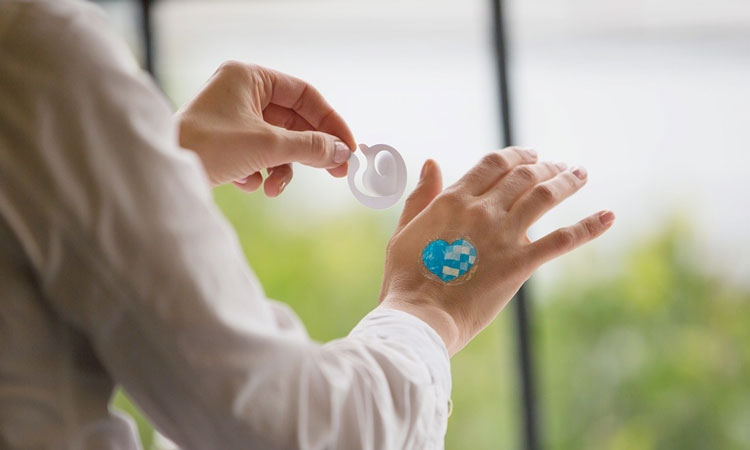



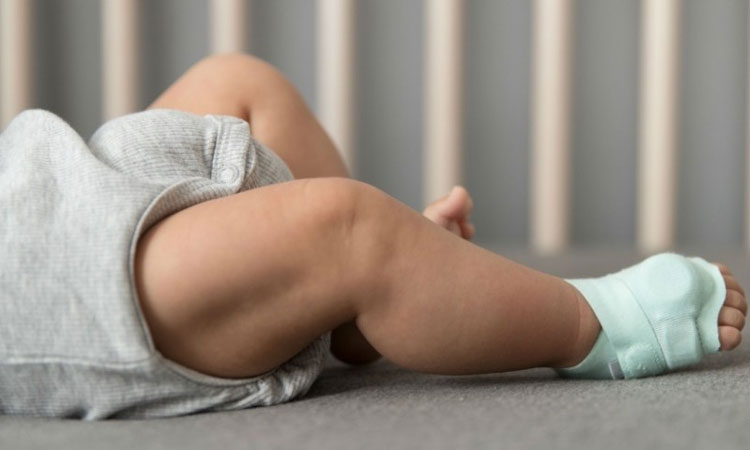
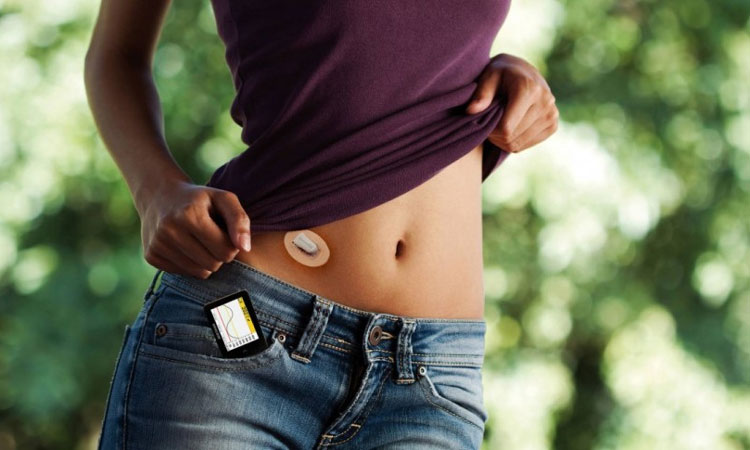


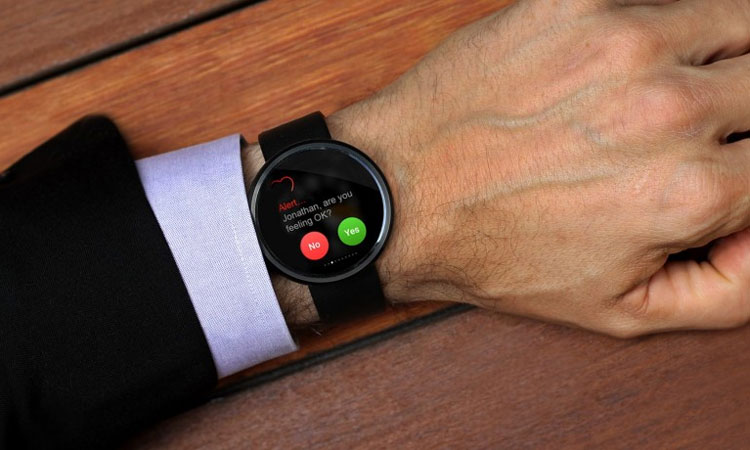
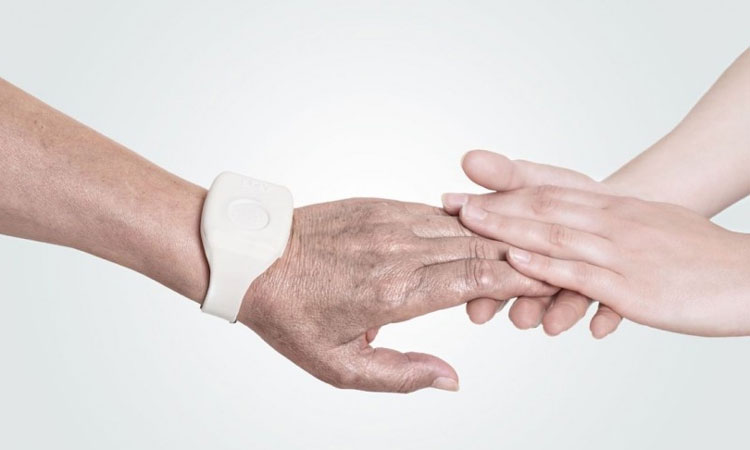
Comments are closed, but trackbacks and pingbacks are open.